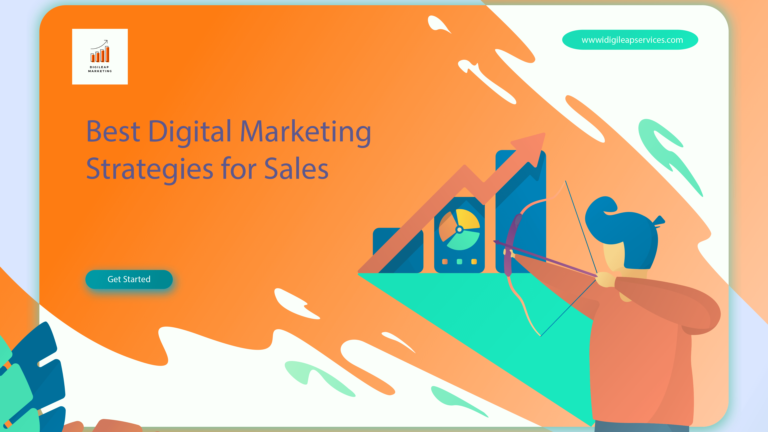What Should Interior Designers Post on Social Media?
Let’s be honest — the online world is crowded, and everyone’s screaming, Look at my design! But if you’re an interior designer trying to stand out, there’s a real question to answer: What Should Interior Designers Post on Social Media? Before we dive into the ideas, here’s a simple truth — social media is now your biggest showcase, even bigger than your website. According to a recent Statista report, over 5 billion people use social platforms globally. That means your future clients are scrolling right now… the only question is, will they stop when they see you?
To attract them, you must share content that builds trust, shows personality, and displays your capability. And yes, you also want smart interior design marketing and social media for interior designers strategies to work in your favor. So let’s get into the real stuff — the human stuff — not the robotic, boring recycled tips you’ve seen online.
✨ Quick Note Before We Start
The goal here is not to look perfect. The goal is to connect. Perfection doesn’t sell — personality does. That’s exactly where brands like Digileap help designers truly level up with practical, modern marketing that actually works in the real world (not in outdated playbooks).
What Should Interior Designers Post on Social Media? (Foundational Content)
So, what should you post first? Start by telling your story. Share how you think, how you choose colors, why you hate a certain lamp style (yes, be human). Pair this with smart content ideas for interior designers and give people a reason to trust your taste. Add this link to your bio and posts — your portfolio, services, or even your mood boards. A clean inspiration reference like Dezeen can also boost your credibility instantly.
Real Example:
Post a 30-second reel: “What I would NEVER do in a modern bedroom. #designerconfessions”
Boom — relatable, valuable, and scroll-stopping.
What Should Interior Designers Post on Social Media for Engagement?
When engagement goes up, visibility goes up — and that’s the magic of social media for interior designers today. Use questions, polls, before-and-after reveals, and short tips. People love watching a transformation — it’s emotional. We are wired to love progress stories.
What works insanely well right now (2025 trends):
- Trending Reels (7–12 seconds)
- “Rate this makeover” posts
- Color palette carousel (save-worthy content)
- AI mood board reels (super-hot trend this year)
- Timelapse videos (fast + satisfying)
Pro Tip:
Add a credibility link in such posts, like Architectural Digest, to show you stay updated.
As designer Jonathan Adler said, “Your home should tell the story of who you are.” The same applies to your content.
What Should Interior Designers Post on Social Media to Convert Clients?
To convert, you must educate. That’s where interior design marketing becomes powerful. Create content that answers buyer fears:
✅ Cost breakdowns
✅ Material comparisons
✅ Mistakes to avoid
✅ Why hiring a designer saves money
Then add a link to something valuable in your captions — ideally a portfolio or service page. Mid-scroll trust builders work best here, and linking to sources like HomeLane adds authority.
What Should Interior Designers Post on Social Media for Trend Appeal?
Trends bring eyeballs. So mix educational content with stylish, viral-friendly content ideas for interior designers that align with “now.” In 2025, these are exploding:
🔥 Japandi
🔥 Warm earthy tones
🔥 Vintage Luxe
🔥 Biophilic elements
🔥 Smart-home interiors
People want instant inspiration. So post:
- “Trend of the Week” reels
- “Designer Reacts to Pinterest Trends”
- “Save This for Your Next Renovation” carousels
What Should Interior Designers Post on Social Media Consistently?
Your audience must see your expertise repeatedly. That’s why social media for interior designers isn’t about posting often — it’s about posting consistently and strategically.
Here’s a weekly posting formula you can steal:
| Day | Post Type |
| Mon | Before/After Reel |
| Tue | Design Tip Carousel |
| Wed | Trend Inspiration |
| Thu | Behind-the-Scenes Story |
| Fri | Client Testimonial |
| Sat | Humor / Relatable Designer Moment |
| Sun | Mood Board or Minimal Reel |
If you ever feel stuck, follow this forever-rule: “Teach, show, inspire, repeat.”
📌 But Wait — One More Thing Designers Forget
A lot of designers create beautiful content… but forget to show the human behind the beauty. Clients don’t just buy a room makeover — they buy trust. So throw in those small real-life bits: your coffee runs, your messy desk on a Monday, your mini fabric-shopping meltdown. It makes your work feel alive, not staged. And honestly, people connect faster with honesty than perfection.
📌 Your Voice Matters More Than the Algorithm
Here’s the deal — the algorithm changes every other month, and nobody fully “masters” it. But your voice, your taste, and your creative gut? That’s your superpower. If you show up with personality and consistency, the right clients will find you. Social media is just the bridge — you are the reason they’ll cross it.
📌 Final Thoughts
If you were wondering “What Should Interior Designers Post on Social Media?”, now you’ve got the blueprint. Serve value, show proof, and keep it human. If you want help executing all this at a pro level, teams like Digileap specialize in helping designers grow across multiple platforms without losing authenticity. Also, stay updated with credible resources like HubSpot.
✅ TL;DR (Short Summary)
Interior designers should post:
- Transformations (before/after)
- Trend-based reels
- Educational saves (mistakes, tips, do/don’ts)
- Behind-the-scenes
- Testimonials + mood boards
Use storytelling, consistency, trendy formats, and credible links. Show personality, not perfection.
Conclusion
There’s no mystery left about interior design marketing or what to post. The real success is in doing it consistently, measuring what works, and evolving with trends. If you apply the ideas above, your social presence will stop looking random and start looking magnetic. For ongoing learning, explore resources like Canva’s inspiration hub. Keep experimenting, keep creating, and remember — people don’t just follow designers… they follow emotions, transformations, and stories.












